Chris-z-2135-46-blog - Space Travel

More Posts from Chris-z-2135-46-blog and Others



Took these pictures in astronomy lab tonight!

New view of the Pillars of Creation
js

Auroras on Jupiter
js

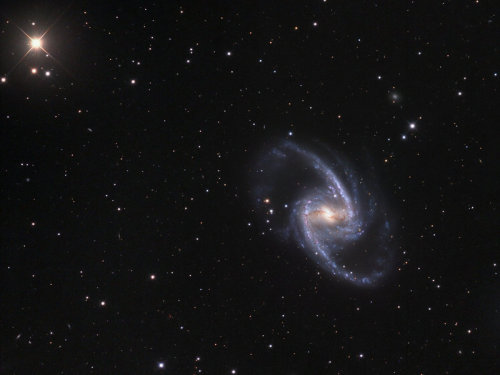
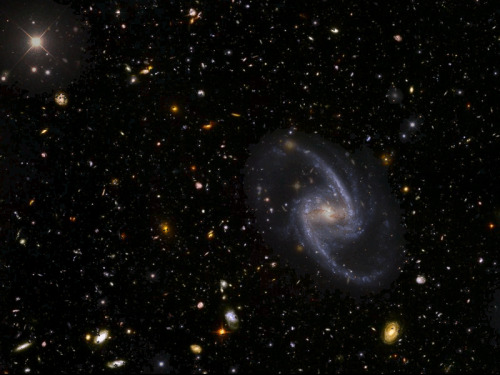
Trillions and Trillions
As far as astronomers know, this universe of ours is nearly 14 billion years old and 93 billion light-years across. Only objects between 10 to 12 billion light-years distant will ever be visible due to the expansion of the universe.
Recently, a new survey upped the believed galactic population from around 100 billion to TWO TRILLION.
Images: Left: NGC 1365 Credit: Jason Jennings Right: Hubble Deep Field added to the background of NGC 1365 Credit: NASA/ESA

Better safe than sorry!

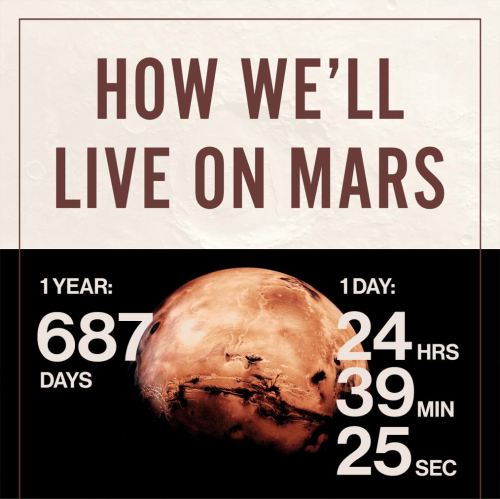
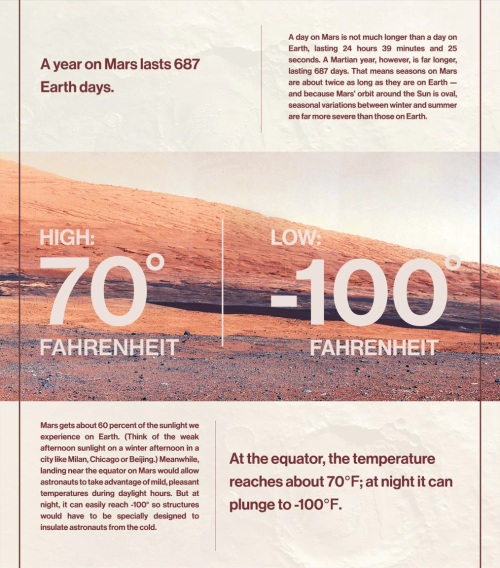
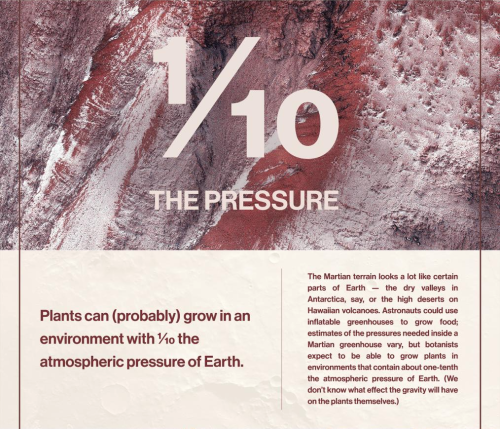
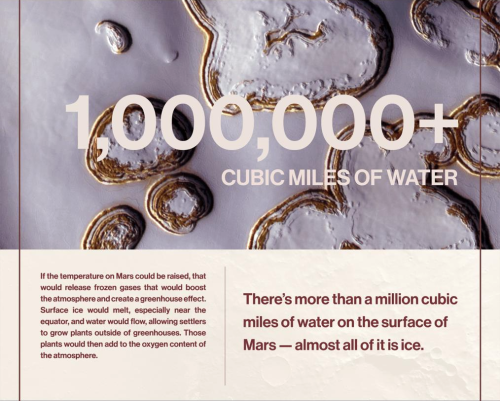
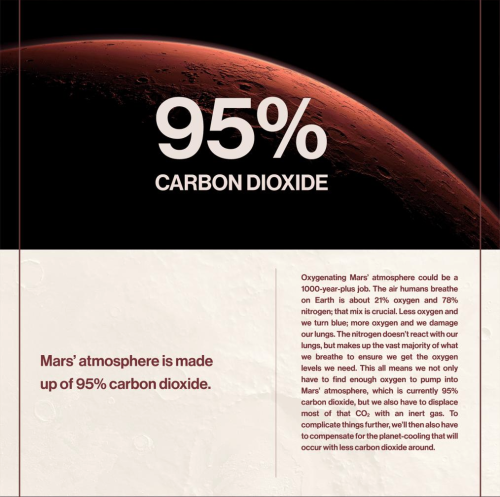
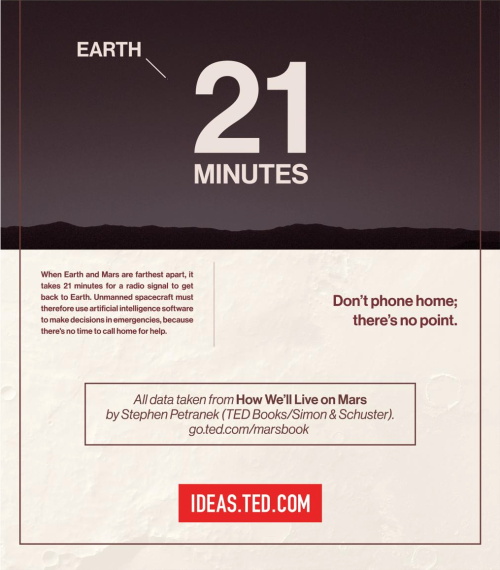
Life on Mars
Why Sequencing DNA in Space is a Big Deal
… And How You Can Talk to the Scientists Who Made It Happen

Less than one month ago, DNA had never been sequenced in space. As of today, more than one billion base pairs of DNA have been sequenced aboard the International Space Station, Earth’s only orbiting laboratory. The ability to sequence the DNA of living organisms in space opens a whole new world of scientific and medical possibilities. Scientists consider it a game changer.

NASA astronaut Kate Rubins, who has a background in genomics, conducted the sequencing on the space station as part of the Biomolecule Sequencer investigation. A small, commercial, off-the-shelf device called MinION (min-EYE-ON), manufactured by Oxford Nanopore Technologies in the UK, was used to sequence the DNA of bacteria, a virus and rodents. Human DNA was not sequenced, and there are no immediate plans to sequence human DNA in space.

(Image Credit: Oxford Nanopore Technologies)
The MinION is about the size of a candy bar, and plugs into a laptop or tablet via USB connection, which also provides power to the device. The tiny, plug and play sequencer is diminutive compared to the large microwave-sized sequencers used on Earth, and uses much less power. Unlike other terrestrial instruments whose sequencing run times can take days, this device’s data is available in near real time; analysis can begin within 10-15 minutes from the application of the sample.

Having real-time analysis capabilities aboard the space station could allow crews to identify microbes, diagnose infectious disease and collect genomic and genetic data concerning crew health, without having to wait long periods of time to return samples to Earth and await ground-based analysis.
The first DNA sequencing was conducted on Aug. 26, and on Sept. 14, Rubins and the team of scientists back at NASA’s Johnson Space Center in Houston hit the one-billionth-base-pairs-of-DNA-sequenced mark.

Have more questions about how the Biomolecule Sequencer works, or how it could benefit Earth or further space exploration? Ask the team of scientists behind the investigation, who will be available for questions during a Reddit Ask Me Anything on /r/science on Wednesday, Sept. 28 at 2 p.m. EDT.
The participants are:
Dr. Aaron Burton, NASA Johnson Space Center, Planetary Scientist and Principal Investigator
Dr. Sarah Castro-Wallace, NASA Johnson Space Center, Microbiologist and Project Manager
Dr. David J. Smith, NASA Ames Research Center, Microbiologist
Dr. Mark Lupisella, NASA Goddard Space Flight Center, Systems Engineer
Dr. Jason P. Dworkin, NASA Goddard Space Flight Center, Astrobiologist
Dr. Christopher E. Mason, Weill Cornell Medicine Dept. of Physiology and Biophysics, Associate Professor

John Young